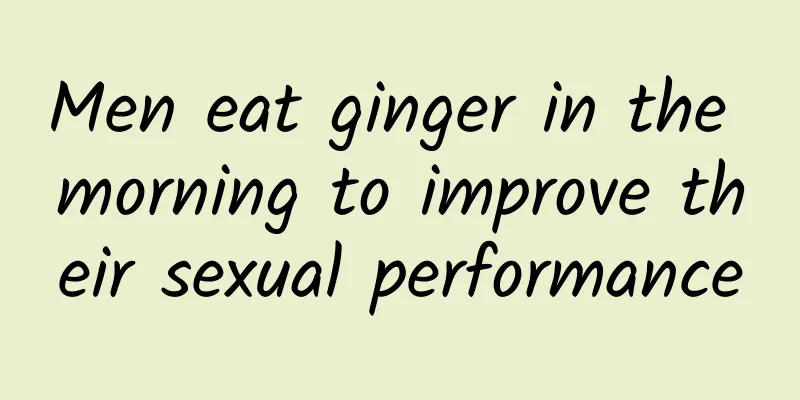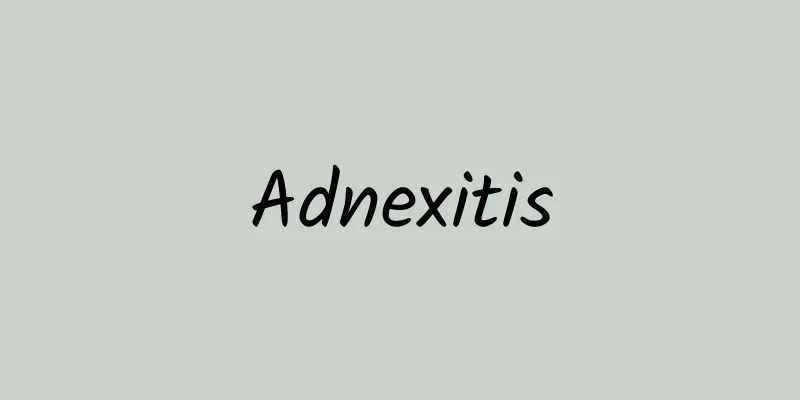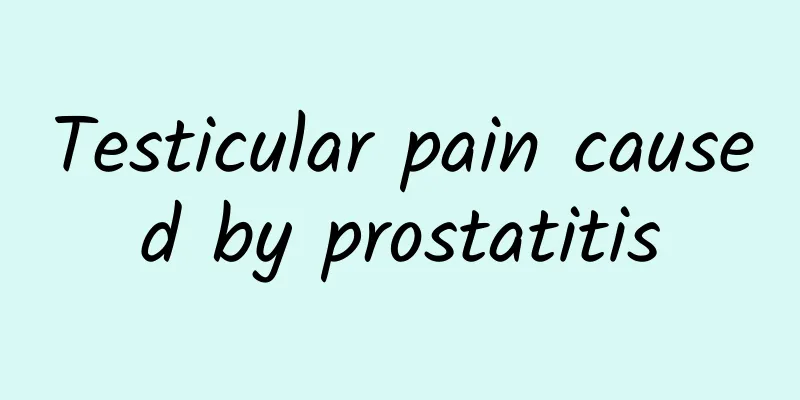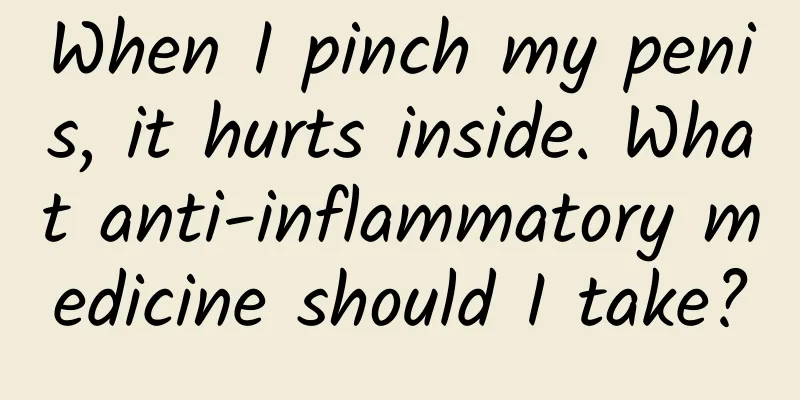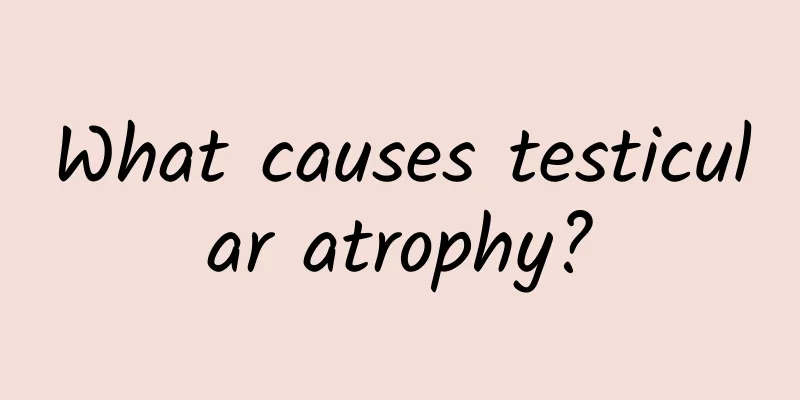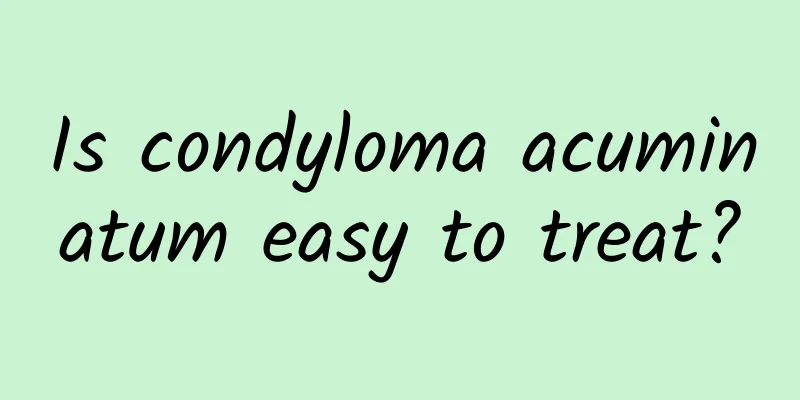How to treat mycoplasma infection in prostatitis
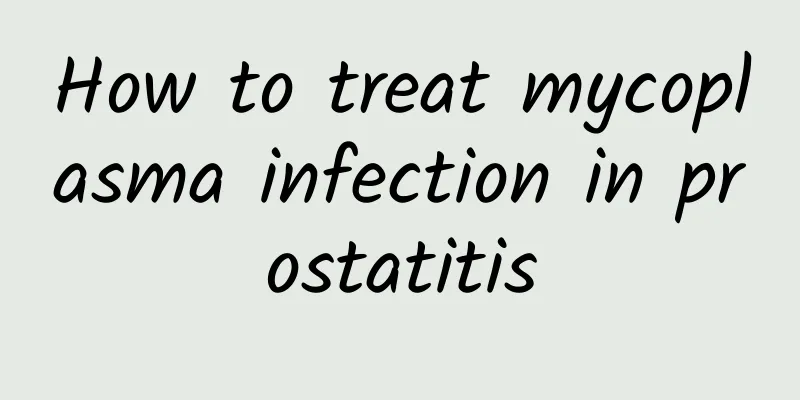
|
Prostatitis is caused by many factors, such as mycoplasma infection. Therefore, mycoplasma infection is very serious and affects many male functions, such as fertility and sexual function. If you have sex with a woman, the pathogen will be infected and the damage will be aggravated. The early diagnosis of this disease is very difficult, and most patients do not discover the disease in time. When the patient is diagnosed with the disease, the treatment will be complicated. So how to treat the disease after suffering from it? 1. General treatment, health education, psychology and behavioral counseling have a positive effect. Patients should abstain from alcohol, spicy food, avoid holding urine, sitting for a long time, keep warm and strengthen physical exercise. 2. The most commonly used drugs for drug treatment are antibiotics, α-receptor blockers, herbal preparations and non-steroidal anti-inflammatory analgesics. Other drugs also have varying degrees of effectiveness in relieving symptoms. (1) Antibiotics: Currently, in the clinical practice of treating prostatitis, the most commonly used first-line drug is antibiotics, but only about 5% of patients with chronic prostatitis have clear bacterial infection. Type II: Antibiotics are selected based on the results of bacterial culture and the ability of the drug to penetrate the prostate. After prostatitis is confirmed, the course of antibiotic treatment is 4 to 6 weeks, during which the patient should undergo a phased efficacy evaluation. Intraprostatic injection of antibiotics is not recommended. Type ⅢA: Antibiotic treatment is mostly empirical treatment, and the theoretical basis is to speculate that certain pathogens that are negative in routine culture cause the occurrence of this type of inflammation. Therefore, it is recommended to take oral antibiotics such as fluoroquinolone for 2 to 4 weeks, and then decide whether to continue antibiotic treatment based on the feedback of the efficacy. Only when the clinical symptoms are indeed alleviated, it is recommended to continue the use of antibiotics. The recommended total course of treatment is 4 to 6 weeks. Type IIIB: Antibiotic treatment is not recommended. (2) α-receptor blockers: α-receptor blockers can relax the smooth muscles of the prostate and bladder and improve lower urinary tract symptoms and pain, thus becoming a basic drug for the treatment of type II/type III prostatitis. (3) Plant preparations: Plant preparations are increasingly valued for their therapeutic effects on type II and type III prostatitis and are recommended as therapeutic drugs. Plant preparations mainly refer to pollen preparations and plant extracts, which have a wide range of pharmacological effects, such as non-specific anti-inflammatory, anti-edema, and promoting bladder detrusor contraction and urethral smooth muscle relaxation. Recommended plant preparations include: Pusitai, Sabah palm and its extracts. Due to the large number of varieties, the usage and dosage must be determined according to the patient's specific condition, and the course of treatment is usually in months. Adverse reactions are relatively small. (4) Nonsteroidal anti-inflammatory analgesics: Nonsteroidal anti-inflammatory analgesics are empirical medications for the treatment of symptoms associated with type III prostatitis. Their main purpose is to relieve pain and discomfort. (5) M-receptor blockers: M-receptor blockers (such as tolterodine) can be used to treat prostatitis patients who have symptoms such as urinary urgency, frequent urination and nocturia but no urinary tract obstruction. The treatment of prostatitis mycoplasma should be combined with the symptoms of the body and the severity of the disease. There are many ways to treat the disease. Patients should follow the doctor's advice on medication and not believe in superstition or folk remedies. During the treatment of the disease, effective care should be taken. Care can be taken from the aspects of diet, hygiene and psychology. At this time, patients should pay attention to the complications caused by the disease and treat them together to avoid more complicated conditions. |
<<: Prostatitis massage methods and techniques
>>: How to treat non-gonococcal urethritis prostatitis
Recommend
Can men eat black chicken and white phoenix pills?
Many people have always thought that Wuji Baifeng...
What to do with impotence and premature ejaculation, how to treat impotence and premature ejaculation
What makes many male friends very headache but re...
Causes and symptoms of men's lower abdominal pain
Male friends are not necessarily healthy. In life...
Pictures of fleshy thorns growing in the groove of the glans penis
Whether it is a man or a woman, the private part ...
The reason why sperm comes out like water
A normal male will release sperm every day after ...
How to remove glans sensitivity
In real life, many male friends complain that the...
Prostate reflexology massage
There are many different ways to massage the pros...
Male urethral discharge and painful urination
After urinating, many men still feel the urge to ...
What to eat to boost sperm motility? Eat these three foods regularly
For male friends, the level of sperm motility act...
Men with sparse eyebrows in the back
Men with sparse eyebrows in the back half can gen...
Why do men urinate frequently?
Frequent urination is not a good thing. Frequent ...
The glans penis secretes white and smells fishy
Men's health is a concern for many people, es...
How to regulate the ejaculation center
Male ejaculation is the process of sperm in the v...
Why are there small red bumps in the coronal sulcus?
The presence of small red bumps in the coronal su...
A phenomenon that best proves a man's physiological ability
The reason why men grow beards is the result of a...


